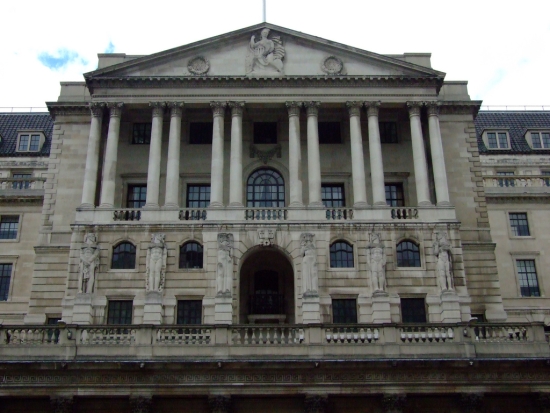Decades of damaging property cycles which saw booms and busts are ending, thanks to proactive policymakers and more realistic valuations from the real estate industry, according to a top Bank of England official.

Andrew Haldane, the executive director for financial stability at the Bank, said there is reason to hope that the next cycle will not include a crash that will leave commercial property prices 37 per cent below their peak.
Mr. Haldane has suggested that there had been a “big philosophical shift” from the past ways of dealing with the situation, such as simply lowering interest rates. That way of thinking has been changed by the global financial crisis.
Following the largest credit boom in history, central banks are still furiously mopping up with “unprecedented degrees of monetary stimulus.” It was not enough to save the global economy from sliding into a recession.
The lesson from all this is quite clear, according to Haldane: Policymakers need to do a better job of taking action to deal with swings which might put the financial system and wider economy at risk.
He went on to say they need to build defences to protect against the “collateral damage from financial flood.” Propping, not mopping, is a much better policy, according to Haldane.
He highlighted the recently-created Financial Policy Committee (FPC) at the Bank. One of its many tasks is to smooth out the “stomach-churning highs and lows” which were present in the credit and asset price cycle.
Mr. Haldane said that the FPC was looking at “macro-prudential measures” That could be taken to slow the accumulation of credit and debt if they posed a threat to economic stability. He said there must be a better solution than “watching in horror with a mop in hand.”
Previous Post
Ball Pools and Bean Bags – How Cool is Your Office?